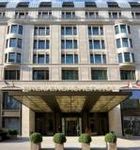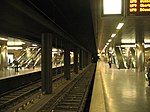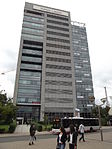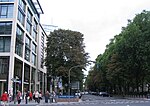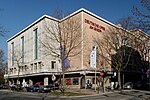HSBC Trinkaus
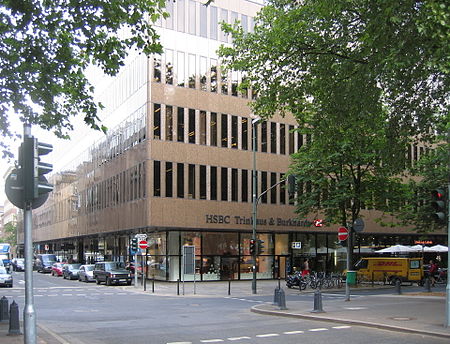
HSBC Trinkaus & Burkhardt AG, operating as HSBC Deutschland, is a German financial services company. It traces its history back to 1785 and is one of the longest-established members of the HSBC Group. HSBC in Germany has operations in private, commercial and investment banking and asset management. The German entity reports to HSBC Bank plc. The bank was managed by five general partners under an unusual German partnership arrangement. On November 29, 2005 the partners voted to convert the bank to AG or limited company status, and in August 2006, HSBC Trinkaus & Burkhardt completed its transition from a German limited partnership (KGaA) to a corporation limited by shares (AG). In May 2020 HSBC bought out the second largest shareholder of HSBC Trinkaus & Burkhardt AG, Landesbank Baden-Wuerttemberg (LBBW), who previously owned 18.66% of the company's stock. Now owning 99.33% of the HSBC Trinkaus & Burkhardt AG, HSBC is planning on squeezing out the remaining investors. HSBC Trinkaus & Burkhardt AG is a German Stock Corporation, managed by a five-member Management Board. In 2014, HSBC generated a pre-tax profit of €213.6m in Germany. With a Fitch-Rating of AA- (Stable) as part of the HSBC Group, HSBC is the best rated private bank in Germany.
Excerpt from the Wikipedia article HSBC Trinkaus (License: CC BY-SA 3.0, Authors, Images).HSBC Trinkaus
Trinkausstraße, Dusseldorf Stadtmitte (Stadtbezirk 1)
Geographical coordinates (GPS) Address Nearby Places Show on map
Geographical coordinates (GPS)
| Latitude | Longitude |
|---|---|
| N 51.2245 ° | E 6.7782 ° |
Address
Versace
Trinkausstraße
Dusseldorf, Stadtmitte (Stadtbezirk 1)
North Rhine-Westphalia, Germany
Open on Google Maps
